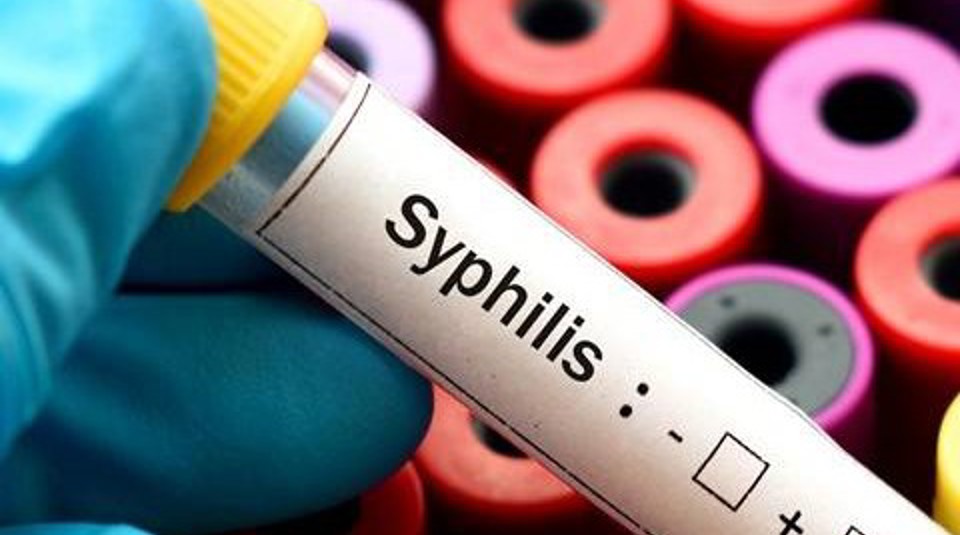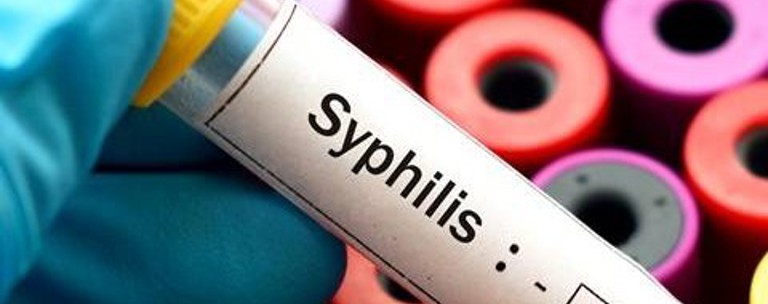Reported cases of syphilis and gonorrhoea increased slightly in Aotearoa New Zealand during 2022, while chlamydia notifications remained stable.
The Institute of Environmental Science and Research (ESR) is responsible for surveillance and reporting of a range of communicable diseases in Aotearoa, including sexually transmitted infections (STIs) and antimicrobial resistance in Neisseria gonorrhoeae (N. gonorrhoeae). The annual STI dashboard, which reports information on trends in syphilis, gonorrhoea and chlamydia, has been updated to include data up to 31 December 2022.
Supplementary written reports with further detail have also been published.
The 2022 report summarising antimicrobial resistance trends in N. gonorrhoeae in New Zealand has been published as a separate report.
Dr Julia Scott, Public Health Physician at ESR, says that while STI rates remain lower than their peak pre-COVID-19, men who have sex with men (MSM), and Māori and Pacific people continue to be inequitably affected. “While overall increases in syphilis and gonorrhoea were small in 2022, we continue to see concerning and widening inequities for these groups” says Dr Scott.
Sexually transmitted infections annual surveillance report - 2022
This report summarises the surveillance information for STIs in 2022, and examines trends over time.
Antimicrobial Resistance in Neisseria Gonorrhoeae in New Zealand Surveillance Report - 2022
Antimicrobial Resistance in Neisseria Gonorrhoeae in New Zealand 2022
Reported cases of syphilis and gonorrhoea increased slightly in Aotearoa New Zealand during 2022, while chlamydia notifications remained stable.
The Institute of Environmental Science and Research (ESR) is responsible for surveillance and reporting of a range of communicable diseases in Aotearoa, including sexually transmitted infections (STIs) and antimicrobial resistance in Neisseria gonorrhoeae (N. gonorrhoeae). The annual STI dashboard, which reports information on trends in syphilis, gonorrhoea and chlamydia, has been updated to include data up to 31 December 2022.
Supplementary written reports with further detail have also been published.
The 2022 report summarising antimicrobial resistance trends in N. gonorrhoeae in New Zealand has been published as a separate report.
Dr Julia Scott, Public Health Physician at ESR, says that while STI rates remain lower than their peak pre-COVID-19, men who have sex with men (MSM), and Māori and Pacific people continue to be inequitably affected. “While overall increases in syphilis and gonorrhoea were small in 2022, we continue to see concerning and widening inequities for these groups” says Dr Scott.
Syphilis
There were 486 cases of infectious syphilis during 2022, representing an 8 percent increase over the previous 12-month period, while remaining lower than the peak in 2019.
Most syphilis cases continue to be in males. MSM are much more likely to be affected by syphilis, with the overall rate among MSM over 60 times than for men who have sex with women (MSW) and women who have sex with men (WSM).
Syphilis rates among Māori and Pacific people, both among men and women, are three times higher than those among European/other and Asian people.
In particular, Māori and Pacific people continue to be inequitably affected by syphilis in pregnancy and congenital syphilis (untreated syphilis passed on to a baby during pregnancy). In 2022, eight cases of congenital syphilis were reported, matching the previous record-high number reported in 2020.
Chlamydia
Chlamydia is still the most prevalent STI in New Zealand, however Chlamydia rates remained stable in 2022, following a decrease between 2019 and 2020. There were 25,039 cases of chlamydia in 2022. The majority of chlamydia cases continue to be among females aged 15 to 29 years. The lower rate observed amongst males is likely in part the result of lower testing rates (testing rates in females were over three times that of males in 2022), with undiagnosed and untreated infections in males.
Chlamydia rates were 3.5 times higher in Māori and 3.9 times higher in Pacific people in 2022 compared to European/other and Asian people.
Gonorrhoea
Gonorrhoea rates increased during 2022 but remained lower than the peak in 2020. There were 6,970 cases of gonorrhoea in 2022. The highest rate of gonorrhoea continues to be seen among males aged between 20 to 40 years. As with syphilis, MSM are disproportionately impacted by gonorrhoea, with rates over 38 times that of MSW and WSM.
Gonorrhoea rates are consistently much higher among Māori and Pacific peoples compared to other ethnicities. Compared to rates among European/other and Asian people, rates in Māori were three times and rates in Pacific people five times higher.
Drug resistance in gonorrhoea
Antibiotic resistance in Neisseria gonorrhoeae (N. gonorrhoeae) is a growing public health concern, with increases in resistance to first line treatment (ceftriaxone and azithromycin) reported globally.
Dual antibiotic therapy with ceftriaxone and azithromycin is the first line treatment for gonorrhoea in Aotearoa. To date, no gonococcal isolates with resistance to ceftriaxone have been reported in New Zealand, and levels of reduced susceptibility to ceftriaxone remain low (0.5% in 2022).
Azithromycin resistance (>1mg/L) in N. gonorrhoeae has fluctuated over time with the proportion of resistant isolates dropping from 9.2% in 2020 to 2.3% in 2022. There have been no reports of high-level N. gonorrhoeae resistance to azithromycin in Aotearoa to date.
How STI surveillance works in Aotearoa
ESR operates the following surveillance systems for gonorrhoea, chlamydia and syphilis:
- For gonorrhoea and chlamydia, a laboratory-based surveillance system is in place whereby all laboratory results for gonorrhoea and chlamydia are sent to ESR along with demographic information (age, sex, ethnicity, and geographic region). For gonorrhoea, there is also an online clinician notification system in place to collect additional information for cases including risk factor information such as sexual behaviour.
- For syphilis, there is a clinician notification system in place to collect demographic, laboratory and risk factor information.

